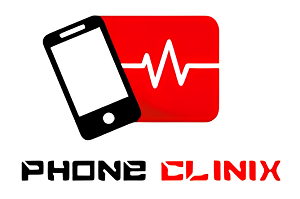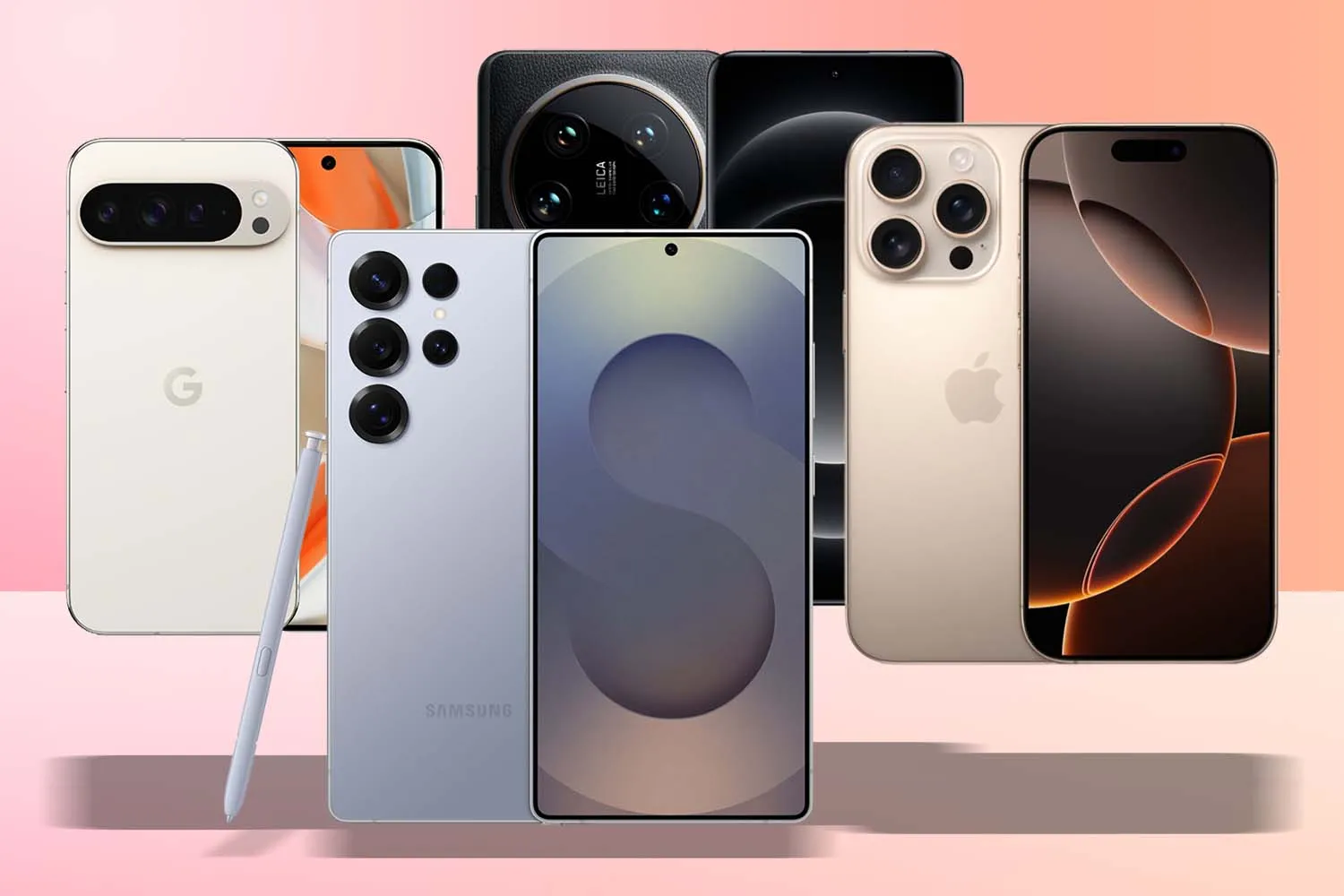With the promise of lightning-fast download speeds and ultra-low latency, 5G is often marketed as a revolutionary leap in mobile connectivity. But despite paying premium prices for 5G-enabled smartphones and data plans, many users find themselves asking: “Why doesn’t my 5G feel any faster than 4G?” This question raises a critical concern—are consumers actually getting the performance they were promised?
This is where phone diagnostic software comes into play. By offering tools to evaluate signal strength, data throughput, network switching, and device hardware performance, diagnostic tools help users and technicians get to the root of 5G issues. In this article, we’ll explore common 5G performance problems, the role of phone diagnostic software, and how to ensure you’re getting the most out of your investment.
Understanding 5G and Its Promises
5G stands for fifth-generation wireless technology. It’s designed to offer three major improvements over previous generations:
- Faster speeds (up to 10 Gbps theoretically)
- Lower latency (as low as 1 millisecond)
- More simultaneous connections (supporting IoT devices, AR/VR, etc.)
However, these benefits are highly dependent on several factors: coverage area, network infrastructure, spectrum bands (low-band, mid-band, mmWave), and your phone’s internal hardware.
Why 5G May Not Feel Like 5G
1. Coverage Limitations
While carriers advertise nationwide 5G, in reality, most coverage is on low-band frequencies, which are more like enhanced 4G. True high-speed 5G (like mmWave) is only available in select urban areas.
2. Phone Compatibility
Not all phones are created equal. Even if your phone is advertised as “5G-capable,” it might not support all types of 5G bands. Some phones can only access sub-6 GHz 5G, not the ultra-fast mmWave.
3. Network Congestion
Even on a 5G network, if you’re in a crowded area or near the edge of a cell tower’s range, your speeds can plummet. This leads to inconsistent performance.
4. Carrier Throttling
Many carriers reduce speeds during peak hours or after a certain data cap is reached. This can happen without users even realizing it—unless they diagnose the issue.
How Phone Diagnostic Software Helps
Phone diagnostic software is essential for users who want to verify if they’re getting the 5G performance they’re paying for. These apps or tools run tests on the phone’s hardware and software to identify issues affecting performance. Here are some key functionalities:
1. Signal Strength Analysis
Phone diagnostic software can show real-time signal strength (RSRP, SINR, RSRQ), allowing users to pinpoint weak 5G reception areas. Weak signal equals slower speeds—even if you’re technically connected to 5G.
2. Speed Tests and Data Throughput
Diagnostic tools help measure download and upload speeds accurately. They also display ping times and jitter, which are crucial for real-time applications like gaming or video calls.
3. Network Band and Type Detection
One of the most useful features is identifying which frequency band you’re connected to. For example, it might show that you’re on 5G NSA (Non-Standalone), which still relies on 4G infrastructure, or 5G SA (Standalone), which offers true 5G performance.
4. Hardware Diagnostics
5G performance can be throttled by poor thermal management or battery issues. Phone diagnostic software checks internal temperature sensors, battery health, and modem functionality to rule out internal causes.
5. Network Switching Logs
These logs help users track how often their phone switches between 5G, 4G, and Wi-Fi. Excessive switching can lead to dropped connections and inconsistent performance.
Real-World Use Case: Diagnosing Poor 5G at Home
Let’s say you live in a neighborhood where 5G is advertised. You run a speed test and barely cross 20 Mbps. You use phone diagnostic software to investigate.
- Signal strength shows -115 dBm — very weak.
- You discover your phone is connected to a low-band 5G signal that behaves more like 4G.
- The software shows frequent switching between 4G and 5G, disrupting performance.
With this data, you realize the 5G signal in your home is poor, and switching to Wi-Fi or a better carrier may be necessary. Without diagnostics, you’d likely assume the problem was your phone or the app.
Best Phone Diagnostic Software for 5G Troubleshooting
- NetMonster (Android)
Shows detailed cell information, including frequency band, signal strength, and cell tower ID. - Network Cell Info Lite
Provides real-time monitoring of cellular and Wi-Fi signals with graphs and logs. - Ookla Speedtest
While not a full diagnostic tool, it’s useful for benchmarking speeds and ping rates. - Phone Doctor Plus
Offers full hardware diagnostics, including CPU, battery, and connectivity modules. - OEM Built-in Diagnostics
Brands like Samsung and OnePlus include built-in tools accessed via dial codes (e.g., #0#).
Tips to Improve Your 5G Performance
Even after diagnosing issues, there are practical ways to enhance 5G performance:
1. Switch Locations
Move closer to windows or go outdoors—5G signals, especially mmWave, struggle with walls.
2. Update Your Software
Outdated firmware can limit 5G capabilities or bug out network switching algorithms.
3. Check for Carrier Settings Updates
Many phones receive carrier-specific updates that improve network connectivity.
4. Switch Bands Manually (Advanced)
On some Android phones, you can force a specific band using hidden settings or apps like Force LTE Only.
5. Compare Carriers
Use your diagnostic data to test another carrier’s 5G service. You might find better speeds with a competitor.
When to Contact Support or Switch Providers
If your phone diagnostic software consistently shows weak 5G signals or low speeds despite being in a “5G area,” contact your carrier. Share screenshots of your diagnostic results. If they can’t improve it, you’re justified in switching to a provider with better infrastructure in your area.
The Bigger Picture: Transparency and Accountability
In the era of 5G, transparency should be non-negotiable. Carriers often promote speeds “up to” a certain level, but few users know how to verify them. By utilizing phone diagnostic software, users are no longer in the dark. They gain insight, leverage, and the ability to hold carriers accountable.
As more consumers become empowered through diagnostics, we may see greater pressure on telecom companies to improve coverage maps, eliminate deceptive marketing, and enhance overall service quality.
Conclusion
5G may be the future, but that future isn’t guaranteed to be fast or reliable unless you can verify it. That’s where phone diagnostic software becomes your best ally. By measuring signal quality, checking hardware compatibility, and tracking network performance, diagnostic tools ensure you’re not overpaying for underperformance.
So, the next time you find yourself wondering if your phone is truly taking advantage of 5G, don’t guess—diagnose.



